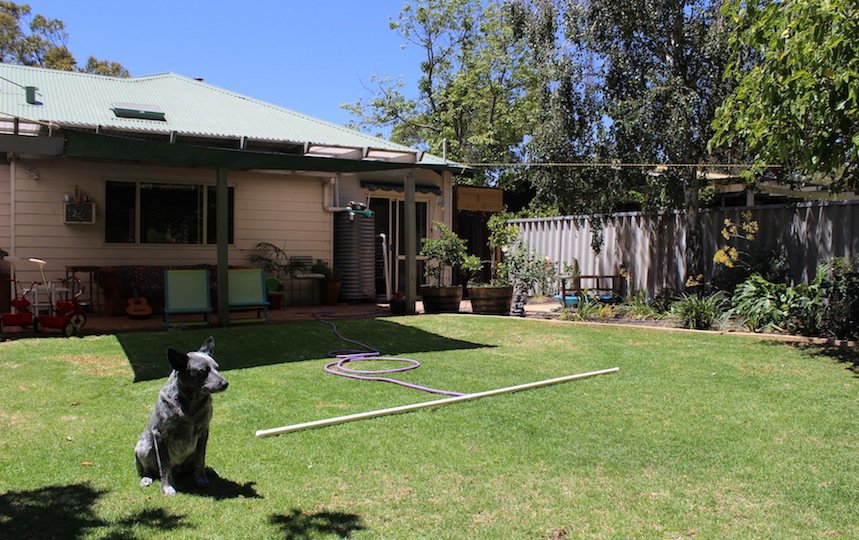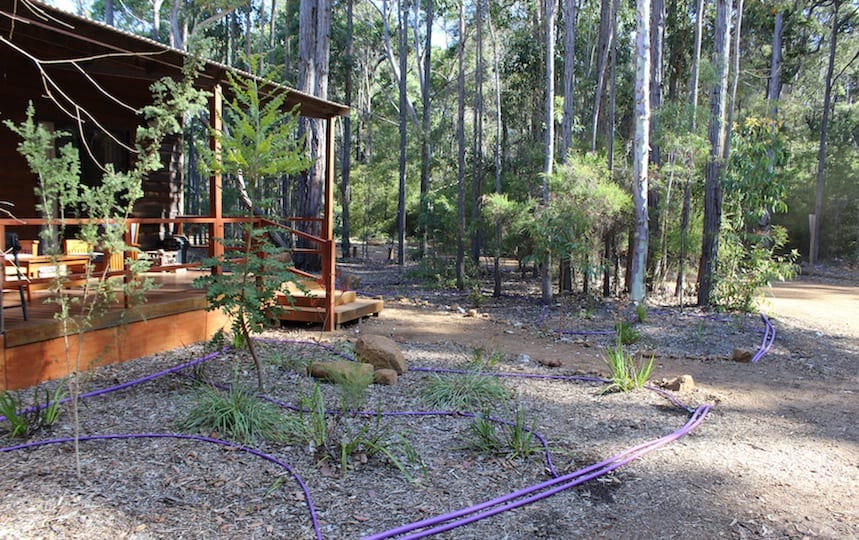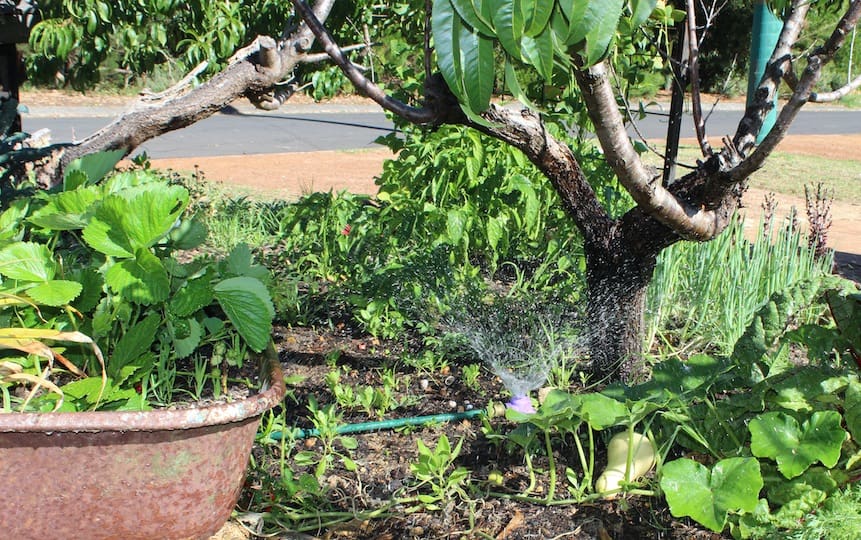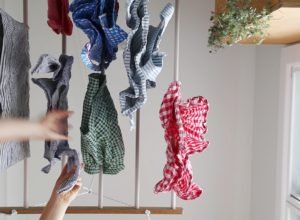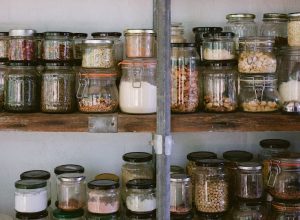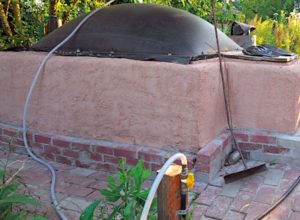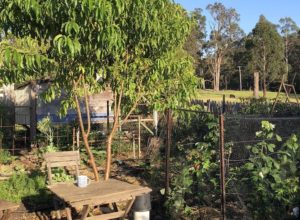There is so much focus on reducing waste at the moment, but have you stopped to consider how to reduce water waste?
The reuse of household greywater for irrigation is a simple method of wastewater recycling that can be adopted by anyone who has a patch of earth to irrigate, from small inner-city gardens to large-scale rural properties.
What is greywater?
Greywater is wastewater produced from laundry, bathroom and basin use. Kitchen wastewater also falls under the greywater definition, although it’s typically excluded due to its high levels of grease and food scraps, making it more difficult to manage.
Reusing greywater takes the pressure off precious fresh water resources and provides a valuable source of irrigation water that is independent of water restrictions.
How to reduce water waste
There are countless methods and ideas that can be used to move greywater away from the drain and into the garden, from the simplest DIY methods through to the commercially available ‘set and forget’ systems. The fun bit is working out how to get it to where you need it to go.
The following examples are listed in order from the low-tech to the high-tech setups.
Bucketing
The simplest method of greywater collection is to place a bucket in the shower, laundry sink or basins to catch the water before it goes down the drain. Then simply carry the bucket outside to a tree or area of the garden and tip it out. Simple! You’ve just saved approximately 20 litres of precious water from being wasted down the drain and you’ve got a happy garden to show for it.
Grandma’s greywater getup
This setup was affectionately named in honour of a generation of Aussie grandmas who were brought up with a healthy ‘waste not, want not’ attitude.
It involves simply running the outlet hose from your washing machine to a place in the garden. Hose extensions can be used, and the hose end moved from place to place to disperse the water to where it’s needed.
Laundry to landscape (L2L)
A further advancement of the above is the ‘Laundry to Landscape’ (L2L) system. Invented by greywater pioneer Art Ludwig, the L2L system has been adopted in many variations across the world.
As is the case with ‘Grandma’s Greywater Getup’, this system utilises your washing machines pump to disperse greywater to the garden, but the L2L system incorporates some additional clever design components and distributes greywater through a network of pipes and mulched dispersal basins. (For a full description of this system, check out Issue 5 of Pip Magazine.)
Greywater diversion devices
As well as simple DIY methods of greywater reuse, there are commercially available off-the-shelf systems built specifically for this purpose. Commonly referred to as Greywater Diversion Devices (GDDs), there are a range of GDDs to suit applications from small single fixture diversions (e.g. shower or washing machine) through to large, whole of house or commercial systems.
Your local council will be able to provide information on models that are approved for use in your state.
To simplify the description of how a typical GDD works, they can be split into two components: the GDD unit and the irrigation area.
The unit
GDDs are connected to your household plumbing to collect outgoing greywater. In some cases, the greywater collected will be from just one or two fixtures; in other cases they may collect the entire household greywater production.
The irrigation area
Successfully irrigating an area of garden with the greywater from a GDD needs a little bit of thought and planning. There are some important differences between a greywater irrigation setup and your standard garden drip irrigation.
To meet health regulations, greywater is always dispersed subsurface via greywater specific purple dripline.

